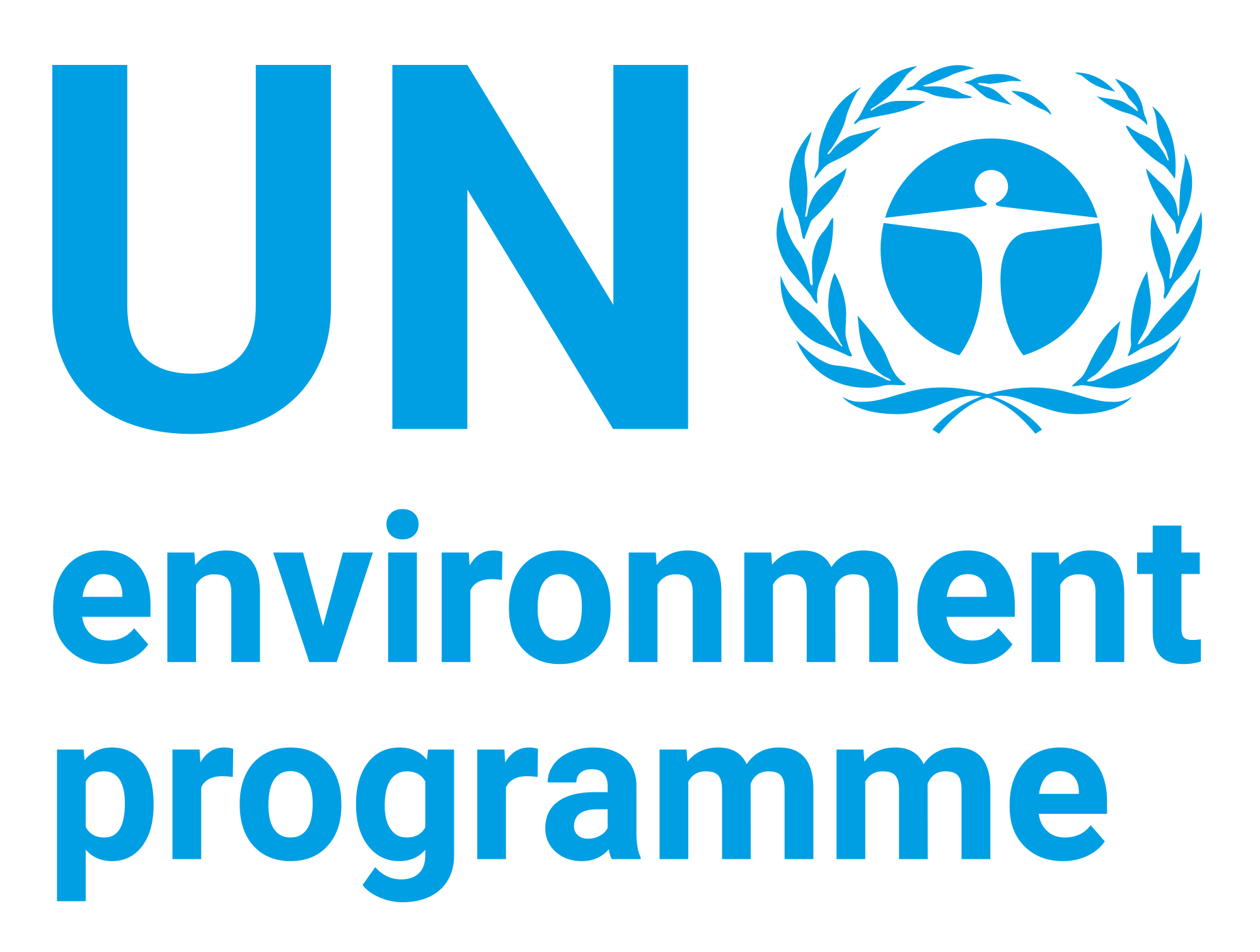Terrestrial environments of Abu Dhabi Emirate, United Arab Emirates

Date
2016-10Author
Abu Dhabi Global Environmental Data Initiative (AGEDI)
Citation Tool
Bibliographic Managers
RT Generic T1 Terrestrial environments of Abu Dhabi Emirate, United Arab Emirates A1 Abu Dhabi Global Environmental Data Initiative (AGEDI) YR 2016-10 LK https://wedocs.unep.org/20.500.11822/9087 PB AB TY - GEN T1 - Terrestrial environments of Abu Dhabi Emirate, United Arab Emirates AU - Abu Dhabi Global Environmental Data Initiative (AGEDI) Y1 - 2016-10 UR - https://wedocs.unep.org/20.500.11822/9087 PB - AB - @misc{20.500.11822_9087 author = {Abu Dhabi Global Environmental Data Initiative (AGEDI)}, title = {Terrestrial environments of Abu Dhabi Emirate, United Arab Emirates}, year = {2016-10}, abstract = {}, url = {https://wedocs.unep.org/20.500.11822/9087} } @misc{20.500.11822_9087 author = {Abu Dhabi Global Environmental Data Initiative (AGEDI)}, title = {Terrestrial environments of Abu Dhabi Emirate, United Arab Emirates}, year = {2016-10}, abstract = {}, url = {https://wedocs.unep.org/20.500.11822/9087} } TY - GEN T1 - Terrestrial environments of Abu Dhabi Emirate, United Arab Emirates AU - Abu Dhabi Global Environmental Data Initiative (AGEDI) UR - https://wedocs.unep.org/20.500.11822/9087 PB - AB -View/Open
Item Statistics
Display item statisticsMetadata
Show full item recordDescription
This paper describes Abu Dhabi’s rich and diverse natural habits and the wide range of plant and animal species that thrive in them. In spite of its harsh physical conditions, characterized by exceedingly high temperatures, minimal rainfall, persistent drying winds and rocky, sandy, saline soils, Abu Dhabi is still home to approximately 400 species of vascular plants, 50 species of mammals, 416 bird species, 55 species of reptiles, and between 4,000 and 5,000 species of invertebrates. These plants and animals co-exist in a range of natural and man-made habitats that include coastal and inland sabkha (salt fl ats), sand seas and dunes, mountains and wadis and freshwater oases, several of which are unique to the region. In addition to the natural beauty and benefi ts inherent in rich biodiversity, Abu Dhabi’s fl ora and fauna are valued for a range of social and economic uses in, for example, medicine, cultural ceremonies and tourism and recreation. However, in common with most of the world’s developed states, and especially in those that are growing as rapidly as Abu Dhabi, the health and viability of certain elements of the emirate’s natural terrestrial environment are under strong and increasing threat of being altered, damaged and, in some extreme cases, irreversibly destroyed.
Collections
Document Viewer
To read more, scroll down below.

